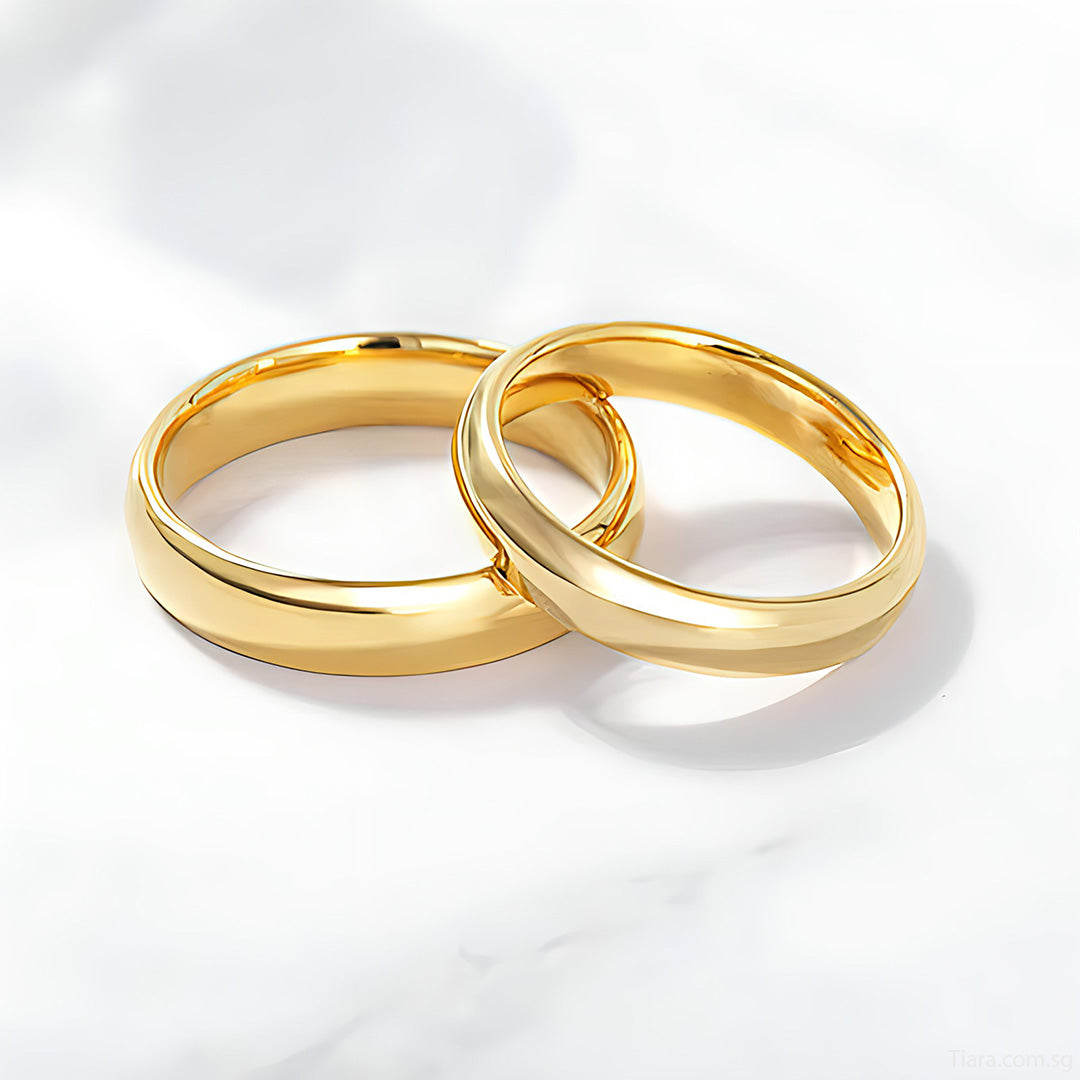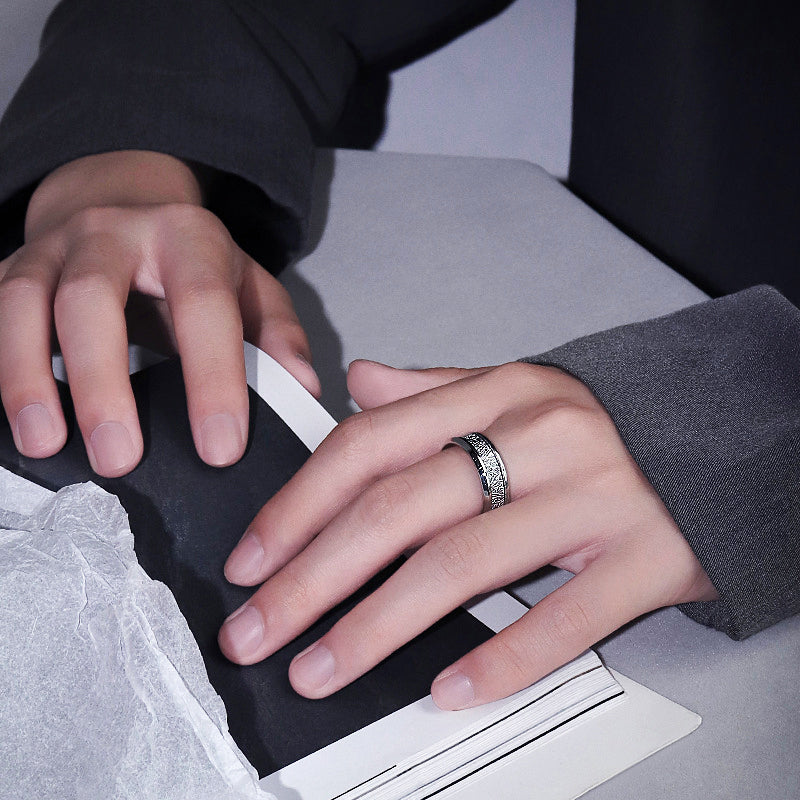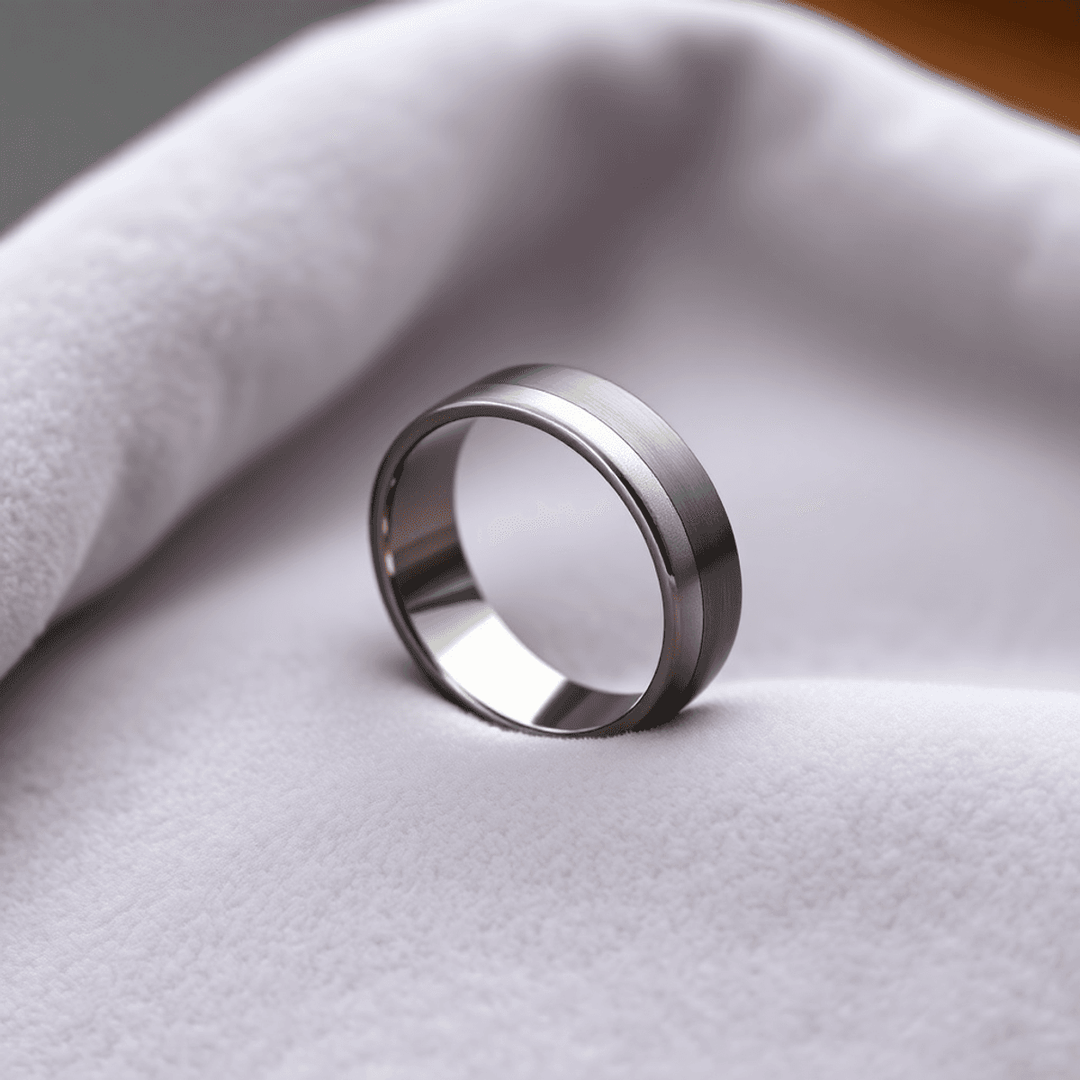Mastering Your Ring Size: Essential Tips for Perfect Fit

Finding the perfect ring size can be a daunting task, but with the right techniques, it can become a breeze. This guide will delve into effective methods of measuring and calculating ring sizes, ensuring you get the ideal fit for your jewelry needs.
Table of Contents
- Unveiling the Importance of Accurate Ring Size
- Understanding Mandrel Calibration
- The Role of Finger Gauges
- Measuring with Paper for Precision
- Adjusting for Band Width
- Stretching Rings for a Better Fit
- Investing in Ring Stretchers
- The Art of Cutting Wire for Rings
- Common Mistakes in Ring Sizing
- Frequently Asked Questions about Ring Sizes
Unveiling the Importance of Accurate Ring Size
The quest for the perfect ring often begins with an accurate measurement of your ring size. This seemingly simple task can have significant implications, affecting not only comfort but also the aesthetic appeal of the ring. An ill-fitting ring can slide off during daily activities or feel overly tight, causing discomfort. Understanding the nuances of ring sizing is crucial for anyone looking to purchase jewelry that will last a lifetime.
When considering a ring's significance, one must recognize that it is not just a piece of jewelry; it represents commitment, style, and personal expression. A ring that fits perfectly enhances the wearer's experience, allowing them to showcase their personality without the distraction of discomfort. Therefore, mastering the art of measuring ring size becomes an essential step in the jewelry buying process.
Moreover, the importance of accurate ring sizing extends to gift-giving. When purchasing a ring for someone else, an accurate size ensures that the recipient will cherish the piece, rather than face the disappointment of an incorrect fit. This understanding fosters a deeper connection through thoughtful gifting, reinforcing the value of the occasion.
Understanding Mandrel Calibration
Many jewelers rely on a mandrel, a tapered tool used to measure ring sizes. However, not all mandrels are created equal. Calibration varies significantly, especially between different brands and models. A lower-end mandrel may provide less accuracy, which can lead to miscalculations in ring size.
To navigate these discrepancies, it is essential to test the mandrel against a known size. If you're using a lower-quality mandrel, keep in mind that the size indicated may not be entirely accurate. This realization leads to the understanding that while the mandrel is a helpful tool, the true measure of ring size lies in fitting the ring to the wearer's finger.
For those interested in precision, investing in a high-quality mandrel can yield better results. A reliable calibration ensures that the sizes you are measuring are consistent with established standards. The right mandrel not only improves accuracy but also elevates the overall quality of the jewelry-making process.
The Role of Finger Gauges
Finger gauges are invaluable tools for accurately determining ring size. Typically ranging from sizes three to eighteen, these gauges allow for a straightforward approach to sizing. The key to using a finger gauge effectively is ensuring that it fits snugly without being overly tight.
When measuring, it’s crucial to take into account the gauge's calibration, as different manufacturers may vary slightly in size. A common mistake is relying solely on the gauge reading without cross-referencing it with the mandrel size. When both tools are used in conjunction, the result is a more accurate measurement.
Moreover, finger gauges can be a useful resource for customers who are unsure of their size. By providing a simple tool that can be used at home, you empower customers to take the first step in their jewelry journey with confidence. This approach not only enhances customer satisfaction but also strengthens the relationship between the jeweler and the buyer.
Measuring with Paper for Precision
For those who prefer a DIY approach, measuring with a strip of paper can yield surprisingly accurate results. This method involves wrapping a piece of paper around the intended finger and marking where it overlaps. When done correctly, this technique can provide a close approximation of the ring size.
To ensure accuracy, it's essential to use a strip of paper that mimics the width of the wire being used for the ring. Once the paper is wrapped and marked, measure the length and use it as a reference for cutting the ring wire. Remember to add a little extra length for filing, which is an inevitable step in the ring-making process.
This method is particularly advantageous for those who may not have immediate access to professional tools. It democratizes the process of ring sizing, allowing anyone to achieve a more personalized fit. However, it also requires careful execution to avoid common pitfalls, such as wrapping too tightly or not accounting for the wire's depth.
Adjusting for Band Width
The width of a ring band significantly influences how it fits on the finger. Wider bands require a slightly larger ring size compared to narrower ones. This is due to the fact that wider bands create more pressure against the skin, making them feel tighter than their slimmer counterparts.
A general rule of thumb is to add half a size to the ring measurement for every increase in band width. This adjustment ensures that the ring fits comfortably and allows for movement without compromising the integrity of the design. Jewelers must educate their customers about this adjustment to enhance their purchasing experience.
Furthermore, understanding the impact of band width can help in discussions about style preferences. Customers may gravitate toward wider bands for their bold aesthetic, but they should also be informed about the practical considerations that come with such choices. This knowledge empowers customers to make informed decisions that align with both their style and comfort.
Stretching Rings for a Better Fit
One of the most common issues faced when dealing with ring sizes is the need for adjustment. Sometimes, a ring might be slightly too small for the wearer, leading to discomfort or the risk of losing it altogether. Fortunately, stretching rings is a viable solution that can provide a better fit.
When attempting to stretch a ring, it's essential to use the right tools and techniques. A ring mandrel, typically tapered, is an excellent tool for this purpose. By gently tapping the ring onto the mandrel using a plastic hammer, you can gradually expand its size. It's important to alternate the direction in which you tap the ring to avoid creating a tapered shape, which could lead to an awkward fit.
Most silver rings can be stretched up to half a size without compromising their integrity. This is particularly useful for jewelers at events where a potential customer may want to purchase a ring that is slightly too small. If the solder joint is strong, it typically remains intact even after the stretching process, which is a reassuring factor for both jewelers and customers alike.
For those who work in a jewelry store or frequently adjust rings, investing in a dedicated ring stretcher can be beneficial. These machines can facilitate the stretching process more efficiently, especially for rings with intricate settings or stones. However, for hobbyists, the manual method using a mandrel is often sufficient.
Investing in Ring Stretchers
While many jewelers rely on traditional methods for adjusting ring sizes, investing in a ring stretcher can streamline the process significantly. These machines allow for precise adjustments without the risk of damaging the ring. They come in various price ranges, from affordable hand-operated models to high-end, automated versions.
These machines provide a mechanical advantage that can save time and effort, especially in a professional setting.
When considering a ring stretcher, think about your specific needs. If you frequently work with rings that have delicate settings, a high-end model may be worth the investment. However, if you only occasionally need to stretch rings, a simpler model might suffice. Regardless of the choice, a ring stretcher can enhance the flexibility of your jewelry-making capabilities.
The Art of Cutting Wire for Rings
Accurate wire cutting is crucial when creating rings, as it directly affects the final size and fit. The process begins by measuring the intended ring size, often using a strip of paper to create a template. This method allows for a more personalized approach, ensuring the wire matches the desired dimensions.
When measuring with paper, ensure that the strip mimics the width of the wire you plan to use. After wrapping the paper around the finger and marking where it overlaps, measure this length to determine the wire size. It's advisable to add a little extra length to account for filing and the wire's depth when formed into a ring.
Common mistakes in this process include cutting the wire too short or not accounting for the wire’s thickness. Remember, it’s easier to trim excess wire than to add material later. Therefore, err on the side of cutting a slightly longer piece to accommodate any adjustments needed during the finishing process.
Common Mistakes in Ring Sizing
Even seasoned jewelers can make errors in ring sizing, which can lead to frustration for both the maker and the wearer. One common mistake is not accounting for the width of the band. Wider rings require a larger size compared to narrower ones due to the way they fit over the knuckle. As a general guideline, adding half a size for wider bands can ensure a comfortable fit.
Another frequent error is relying solely on one sizing method without cross-referencing with others. For instance, if you measure using a finger gauge, it's beneficial to confirm the size with a ring mandrel or a paper measurement. Each method can yield slightly different results, and cross-referencing helps mitigate potential discrepancies.
Additionally, many people overlook the importance of measuring at different times of the day. Fingers can swell due to temperature changes or physical activity. Ideally, measure at the end of the day when fingers are slightly larger for a more accurate size.
Frequently Asked Questions about Ring Sizes
1. How can I determine my ring size at home?
To measure your ring size at home, you can use a strip of paper or a piece of string. Wrap it around the base of your finger and mark where it overlaps. Measure the length with a ruler and use a ring size chart to find your size.
2. What if my ring size fluctuates?
It's common for ring sizes to change due to factors like temperature, humidity, and physical activity. If you notice significant fluctuations, consider using an adjustable ring or consult a jeweler for professional advice.
3. Can I resize my ring later?
Yes, most rings can be resized by a professional jeweler. However, the feasibility of resizing depends on the ring's design and material. Always consult with a jeweler to determine if resizing is possible.
4. What should I do if I’m buying a ring as a gift?
If you’re unsure of the recipient’s ring size, consider borrowing one of their rings to measure or asking their friends or family for help. Alternatively, opt for a gift card to allow them to choose the right size.
5. How do I know if a ring is too tight or too loose?
A properly fitting ring should slide on easily but not fall off without effort. If it feels uncomfortable or leaves an indentation on your finger, it may be too tight. Conversely, if it rotates easily or can be removed without resistance, it may be too loose.
By understanding the importance of accurate ring sizing and employing effective methods, you can ensure that your jewelry fits comfortably and beautifully. For a wide selection of rings and tools, explore the collections at Tiara.com.sg, where quality and craftsmanship meet to create stunning pieces for every occasion.
How to measure your ring size
Check out this ring size chart and measuring tactics
Click here to learn how to measure your ring size


























































































